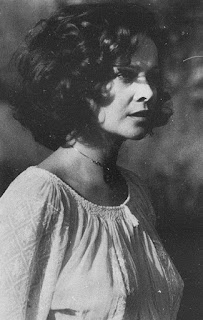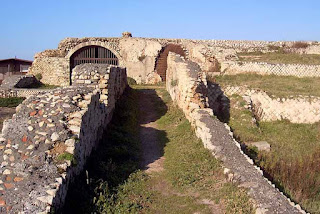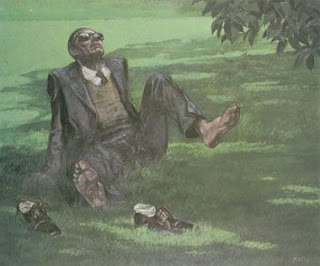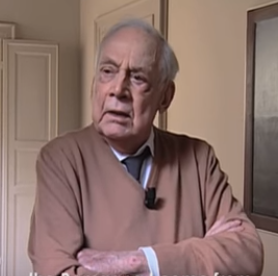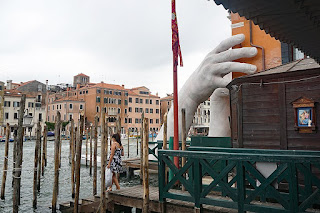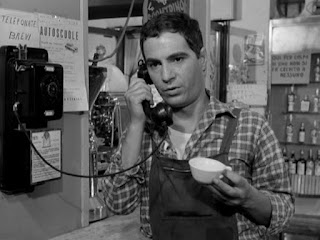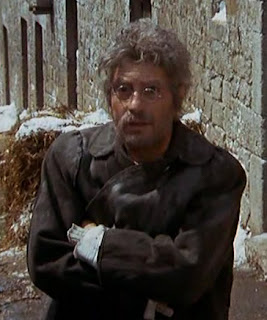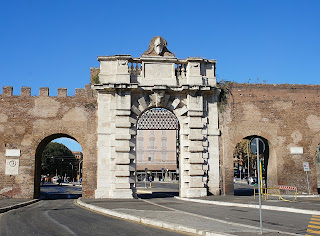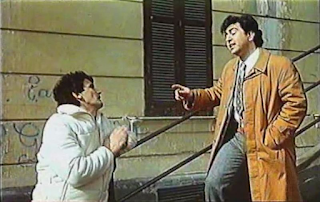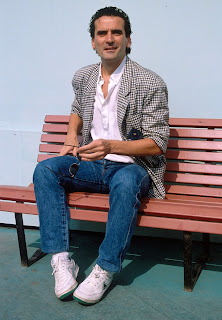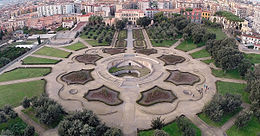Master of dark comedy and social drama
The screenwriter and director Ettore Scola, whose films encompassed elements of commedia all’italiana and neorealism, was born on this day in 1931 in Trevico, a mountainous village in Campania..jpg)
Ettore Scola is seen by some as the last
of the great postwar Italian directors
Scola, regarded by some as the last in the line of brilliant postwar Italian filmmakers, is best remembered for his 1977 drama Una giornata particolare (A Special Day), starring Sophia Loren and Marcello Mastroianni, which won a Golden Globe for Best Foreign Film in 1978.
A Special Day was also nominated for an Academy Award as were three other films that Scola directed or co-directed during a career that spanned more than 60 years.
Scola made his first movie as a director in 1964 with the comedy Se permettete parliamo di donne - Let’s Talk About Women - which starred Vittorio Gassman. He was only 33 but was already a widely respected scriptwriter, which had been his profession since the age of 21.
He had regularly sent suggestions for gags and sketches to the Italian comic actor Totò and others when he was a 15-year-old at high school.
Scola was born to parents who were themselves both actors. His home village, high up in the Campanian Apennines more than 60km (37 miles) from the city of Avellino, had no cinema, but films were occasionally shown on a screen erected in the main square and Scola says he has memories of watching Laurel and Hardy shorts as a small boy.
.jpg) |
| Sophia Loren and Marcello Mastroianni in A Special Day, regarded as Scola's finest work |
Scola collaborated with directors such as Mario Monicelli, Dino Risi, and Antonio Pietrangeli, three giants of the commedia all’italiana genre. Often working in tandem with fellow writer Ruggero Maccari, he was part of Pietrangeli’s team for dramas including Adua and Her Friends (1960) and I Knew Her Well (1965). The two worked for Risi on comedies such as Il Sorpasso (1962) and I Mostri (1963).
Commedia all’italiana, which Scola once described as a natural off-shoot of gritty neorealism, was a genre that emerged in the late 1950s. The films had the traditional elements of bawdy comedy and farce but were at the same time a vehicle for examining the political and social issues of postwar Italy. “Serious” subjects such as marriage, religion, contraception and divorce were often looked at through the prism of satire and farce, sometimes causing deep offence to the Catholic Church.
Let’s Talk About Women and other early films by Scola brought some success at the box office while attracting no great critical acclaim, but that began to change in the ‘70s, which began with Dramma della gelosia (anglicised as The Pizza Triangle), which featured Monica Vitti as a florist in Rome torn between a middle-aged bricklayer (Marcello Mastroianni) and a young pizza chef (Giancarlo Giannini).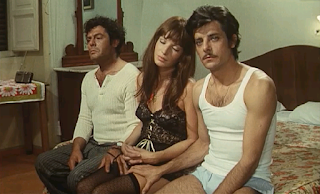
Monica Vitti with Mastroianni (left) and Giancarlo
Giannini in Scola's Dramma della gelosia
Between 1974 and 1977, Scola made three of his most important works: C'eravamo tanto amati (We All Loved Each Other So Much) in 1974, Brutti, sporchi e cattivi (Down and Dirty) in 1976 and Una giornata particolare (A Special Day) in 1977.
The first, a comedy starring Nino Manfredi, Satefania Sandrelli and Vittorio Gassman, followed three former partisan fighters as they returned to very different civilian lives in Rome. Consisting of interlinked stories, including one sequence in which Scola recreated the Trevi Fountain scene from Fellini's La dolce vita, it was described by one critic as “a loving homage to Fellini, De Sica and post-war Italian cinema”.
Brutti, sporchi e cattivi, again starring Manfredi, was particularly Felliniesque, a comedy of the grotesque featuring a large, impoverished Apulian family living on the wrong side of the law in Rome, headed by an irascible patriarch who wins a huge insurance payout for losing an eye but hides it from his family.
A Special Day was arguably Scola’s greatest triumph, a sensitive story of of two lonely residents of a seedy apartment building who are drawn together on the day in 1938 when the populace in the streets is cheering Hitler’s visit to Mussolini in Rome. He cast Sophia Loren as the repressed wife of a fervent Fascist, and Marcello Mastroianni as a gay man, an anti-fascist, who is waiting to be deported to Sardinia. The two become unexpectedly close..jpg)
Four of Scola's movies were
nominated for Oscars
After further Oscar nominations for I nuovi mostri (The New Monsters, also titled Viva Italia for English-speaking audiences) in 1978, Le Bal in 1983 and The Family in 1987, Scola made 10 more films before announcing his retirement in 2003, emerging again in 2013, when he directed Che strano chiamarsi Federico (How Strange to be Named Federico), an affectionate semi-documentary on his friend, Fellini.
Away from his film-making, Scola was often politically active. A member of the Italian Communist Party, in the late 1980s he was shadow culture minister. At around the time of his retirement, he was an outspoken critic of the right-wing populist, Silvio Berlusconi.
Upon Scola’s death in 2016 of pneumonia following heart problems at the age of 84, the then Italian prime minister, Matteo Renzi, said his passing “leaves a huge void in Italian culture”.
Travel tip: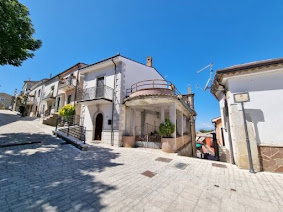
Steep streets are characteristic of the village
of Trevico, high in the Campania Apennines
Trevico, Scola’s home village, has the distinction of being the highest inhabited place in Campania, situated at the top of a steep hill in the Apennines with an altitude of 3,576 feet (1,090m). The house where Scola was born and spent his early childhood is located among the alleys of the historic centre in a panoramic position and retains many of its original features. Now known as the Palazzo Scola and renovated after the damage suffered following the 1980 earthquake, in 2003 it was donated by the Scola family to the municipality of Trevico.
Travel tip:.jpg)
The facade of Roma Ostiense railway station
was built entirely in Tavertine marble
The suburban railway station of Roma Ostiense, the third largest in Rome after Termini and Tiburtina, owes its striking appearance to the visit to Rome by the German leader Adolf Hitler in 1938, which featured in Ettore Scola’s Golden Globe winner A Special Day. The existing rural station at Ostiense, about 5km (3 miles) south of the city centre close to the fashionable former working class neighbourhood of Testaccio, was demolished with the aim of creating a monumental station to receive the German dictator, although it was not actually finished until 1940. Architect Roberto Narducci designed the station, of which the entire facade is made of Travertine marble and the entrance is marked by a columned portico, in the architectural style favoured by Hitler. A road built to connect the station with Porta San Paolo was initially named Via Adolf Hitler but was changed after the Second World War to Viale delle Cave Ardeatine, as a way of commemorating the victims of a mass killing of 335 civilians and political prisoners in Rome by the Nazi troops in 1944.
Also on this day:
1548: The birth of Antonio Priuli, Doge of Venice
1784: The birth of military general Carlo Filangieri
1922: The birth of journalist Antonio Ghirelli
1949: The birth of fashion designer Miuccia Prada
